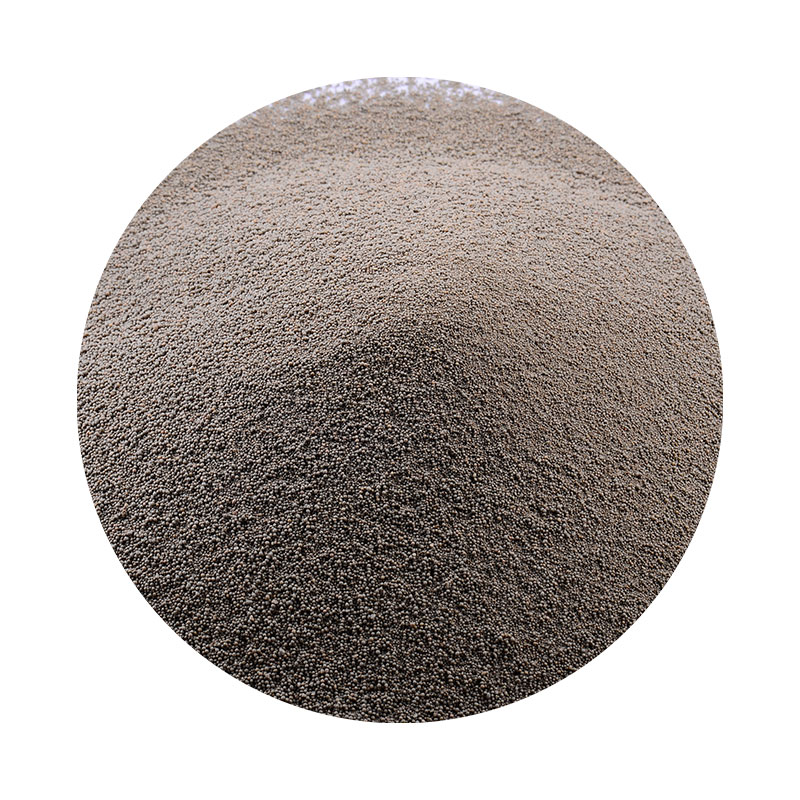Can You Sand 3D Prints? A Comprehensive Guide
3D printing has opened up a world of possibilities for creators, designers, and hobbyists. Whether you're crafting intricate models, prototypes, or bespoke items, post-processing is a crucial step in achieving the final look and feel you desire. One common technique in post-processing is sanding. But the question arises can you sand 3D prints? The answer is a resounding yes, but there are several factors to consider to achieve the best results.
Understanding 3D Printing Materials
Before diving into sanding techniques, it's essential to understand the materials commonly used in 3D printing. The most frequent materials include PLA (Polylactic Acid), ABS (Acrylonitrile Butadiene Styrene), PETG (Polyethylene Terephthalate Glycol-Modified), and resin. Each of these materials has unique properties that influence how they can be sanded.
- PLA This is one of the easiest materials to sand due to its low melting point and rigidity. It creates a smooth finish and can be polished after sanding. - ABS Known for its strength and durability, ABS can also be sanded, but it requires more care due to its tendency to melt if overheated. - PETG This material is a bit challenging to sand because it can be flexible and has a higher melting point. However, with the right tools and techniques, it can yield excellent results. - Resin While resin prints can be sanded, they typically require a different approach, as they are often brittle. A gentle touch is recommended to prevent chipping.
The Sanding Process
1. Preparation Before sanding, ensure your 3D print is clean and free from dust or debris. If the object has any rough edges or supports, remove these with a cutter or pliers first.
2. Choosing the Right Sandpaper The grit of the sandpaper you choose plays a significant role in the outcome. Start with a coarser grit (around 100-150) to remove larger imperfections and gradually move to finer grits (up to 2000) for a smoother finish.
can you sand 3d prints

3. Sanding Technique Always sand in a circular motion or back and forth along the same direction. This technique helps to minimize visible scratch marks. Apply light pressure, especially with softer materials like PLA, as heavy pressure can create grooves or melt the surface.
4. Wet vs. Dry Sanding For certain materials, particularly resin and ABS, wet sanding can be beneficial. This technique minimizes dust and helps achieve an ultra-smooth finish. Use water or a lubricant while sanding to reduce friction and heat.
5. Finishing Touches After sanding, clean the print to remove any residue. For plastics like PLA, consider using a polishing compound to enhance the shine and achieve a more professional look.
Common Mistakes to Avoid
- Over-sanding It's easy to get carried away while sanding. Keep checking the surface to avoid removing too much material or compromising the print's structural integrity. - Ignoring Temperature Be mindful of the heat generated during sanding, particularly with ABS. If you notice the material softening, stop immediately and let it cool.
- Skipping Steps Don’t rush through the process. Each grit serves a purpose, and skipping from coarse to fine will not result in the best finish.
Conclusion
Sanding 3D prints is not just feasible; it’s an essential technique for achieving a polished and professional look. By understanding the material properties, choosing the right tools, and following the proper techniques, you can enhance the aesthetics of your 3D prints while minimizing flaws. Whether you’re preparing a model for display, prototyping, or ensuring a perfect fit for a functional part, sanding can elevate your 3D printing game. With practice, you’ll become adept at creating smooth, visually appealing items that reflect your hard work and creativity.
Post time:ታኅሣ . 02, 2024 01:04
Next:sanding machine 3d print
